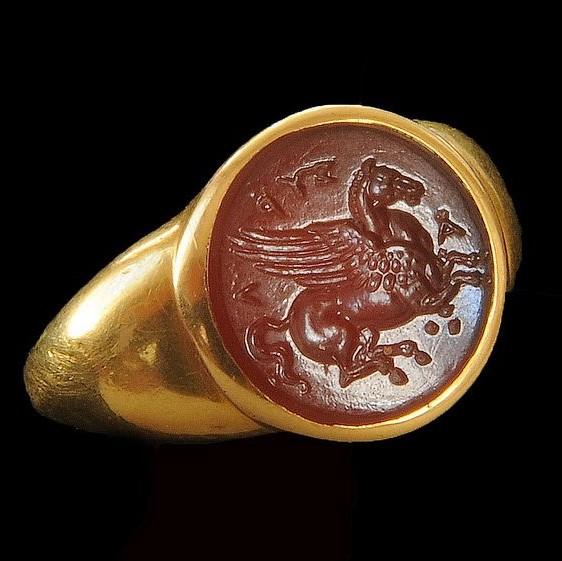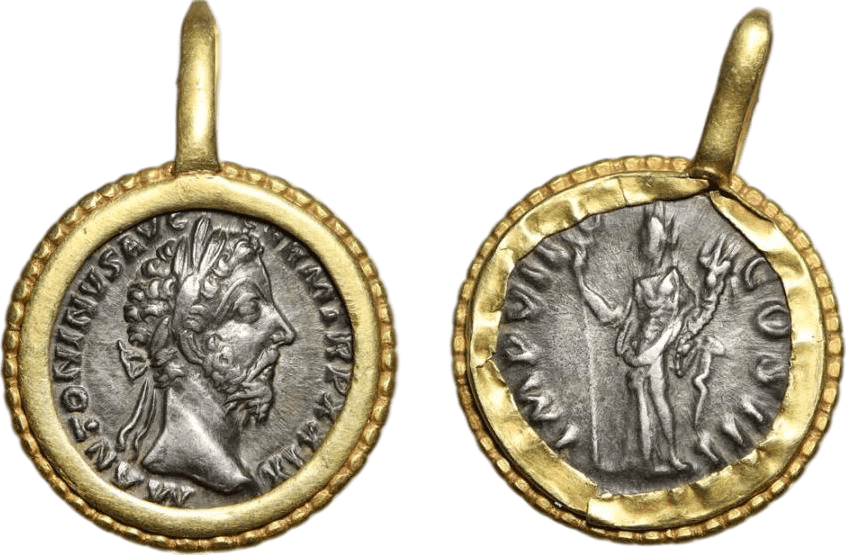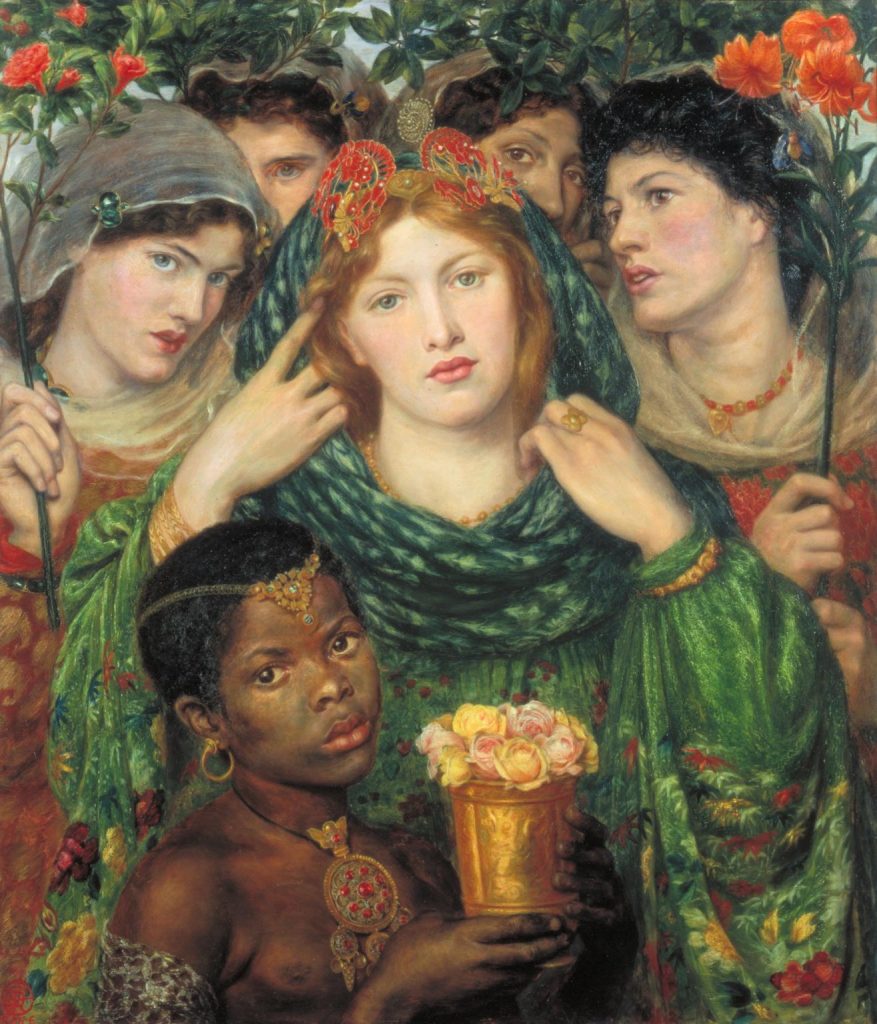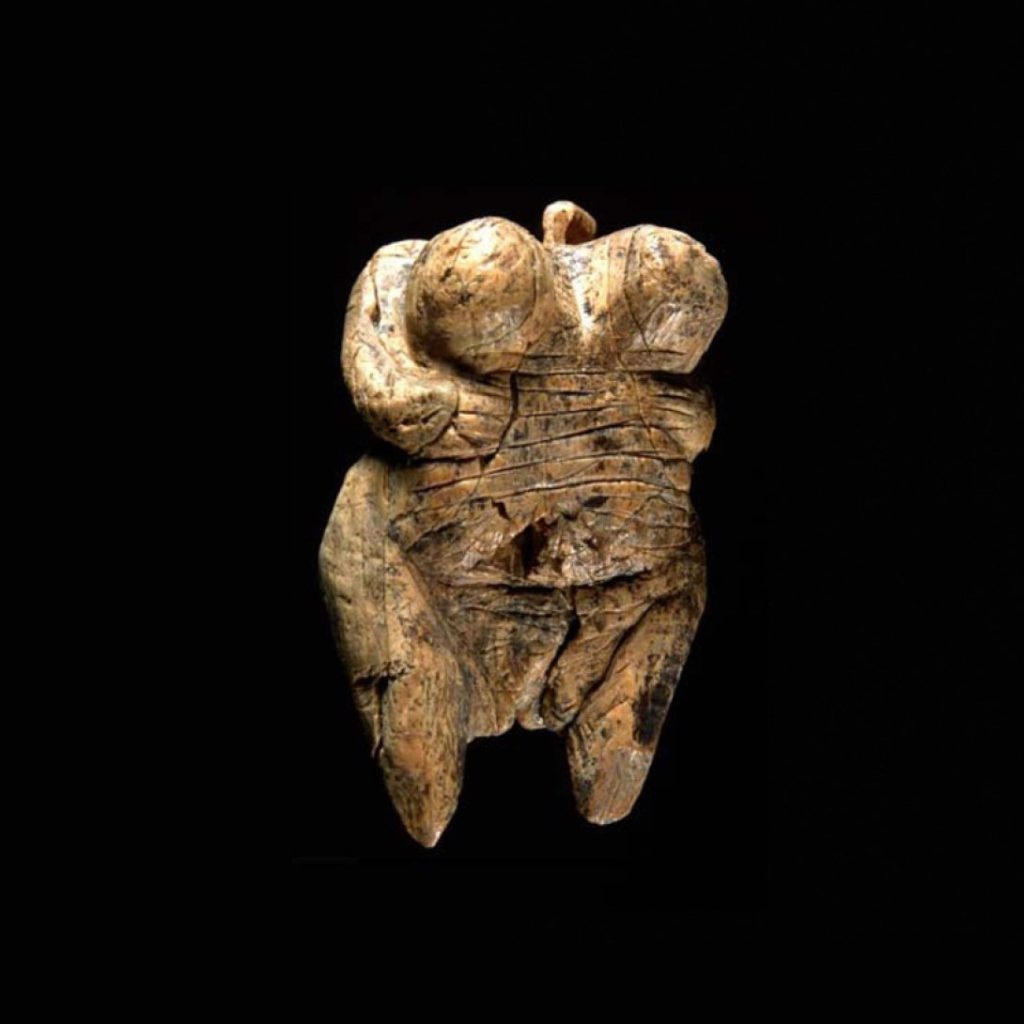Certain interest in jewelry may be observed in the earliest specimens remained in the history of art. Most probably, mini-sized Venus sculptures, dated back to more than thirty thousand years, had been used as jewelry. Later on, the remained objects found in Mesopotamia and Egypt indicate interest in artistic jewelry in these ancient civilizations. However, the interest in artistic jewelry was of a special place during the Roman Empire Era. The Romans paid a special attention to coins and engraved stones and use them in their jewelry. This method continued during the Medieval ages. During Renaissance, jewelry became a sign of aristocracy and the artworks collectors started collecting jewelry with artistic and exclusive nature. The global trade during 17th and 18th centuries helped the jewelers to be introduced to new stones and materials to enable them create different works. However, the peak of artistic jewelry was the Pre-Raphaelite Brotherhood in 19th century, who were interested in decorative arts and daily life objects design. We also observe a variety of jewelry representation in their paintings. After all these efforts, jewelry was admitted as a work of art at the end of the 19th century.



